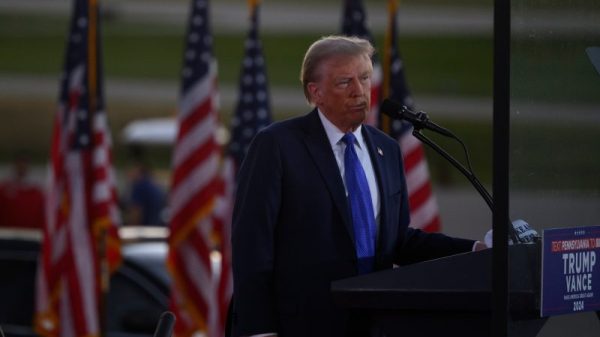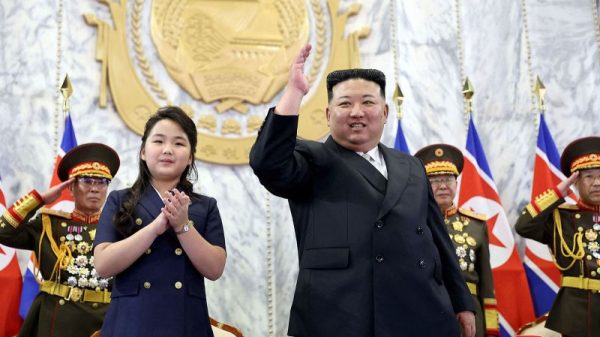China has lifted pandemic-era restrictions on group tours for more countries, including key markets such as the United States, Japan, South Korea and Australia, in a potential boon for their tourism industries.
The decision was announced by China’s culture and tourism ministry on Thursday, effective immediately.
Prior to the pandemic, mainland Chinese tourists spent more than any other country’s tourists when abroad, clocking up a combined $255 billion in 2019 with group tours estimated to account for roughly 60% of that.
Their absence since the pandemic has led to financial troubles for many tourism-dependent businesses around the globe.
US Commerce Secretary Gina Raimondo described the step as “a significant win” for the US tourism industry and said it was the result of “months of hard work” between the US Commerce Department and the Chinese culture and tourism ministry.
Germany and the UK were also among the countries for which restrictions were lifted but Canada, which has had especially politically fraught relations with China of late, was not reinstated.
It was China’s third list of countries to receive approvals. The first batch – approved in January – included 20 countries such as Thailand, Russia, Cuba and Argentina. The second batch in March included 40 countries, among them Nepal, France, Portugal and Brazil.
China has never explained its staggered approach to approvals but analysts have noted that the countries taking time to gain approval have had more political and/or trade tension with the world’s second-largest economy.
Not just casinos: Macao reimagines tourism post-pandemic
The move was also welcomed by Japanese Prime Minister Fumio Kishida as well as tourism ministers in South Korea and Australia, who said it would boost their economies.
“This is another positive step towards the stabilization of our relationship with China,” said Australian Trade and Tourism Minister Don Farrell.
Just how much outbound Chinese tourism will bounce back for the latest group of countries remains to be seen. Expectations that demand would come roaring back after borders were re-opened have to date been largely unfulfilled.
International flights in and out of China have recovered to only 53% of 2019 levels as of July 2023.
That is in large part due to staffing issues for many global airlines that have limited the flying of more routes, slow visa issuance for Chinese travelers amid backlogs in many Western countries, and a sputtering domestic economy that is discouraging many holidaying Chinese from spending big.
In response to the news, some Chinese said online that they were less than enthusiastic about international trips.
“I don’t want to go; I feel domestic travel is pretty good, such as the beautiful scenery in Xinjiang and the Northeast and the food is cheap,” said one Weibo user with the handle @Chongshengshilangbushilang.
But others were more upbeat.
Can international tourists visit China? Everything you need to know about the country’s reopening
“Despite a cooling overall economy, 40% of (Chinese) people say they will spend more on travel,” said Steve Saxon, a partner at McKinsey & Co. “People want to spend the money they’ve saved during COVID on international travel.”
Trip.com, China’s largest travel agency, noted that the news had led to a spike in searches for destinations including Australia and Japan. Those countries, along with several other Asian nations and the United States, are among the most visited by Chinese travelers.
“The opening of group travel from China to the U.S. is a significant milestone,” said Adam Burke, head of the Los Angeles Tourism and Convention Board. “It’s impossible to overstate the importance of Chinese tourism to Los Angeles.”
Two sources in South Korea’s travel industry told Reuters it was the first time group tours from China would be allowed on a large scale since a 2016 dispute over Seoul’s deployment of a U.S. missile defense system. China has never publicly acknowledged limiting group tours to South Korea.







































